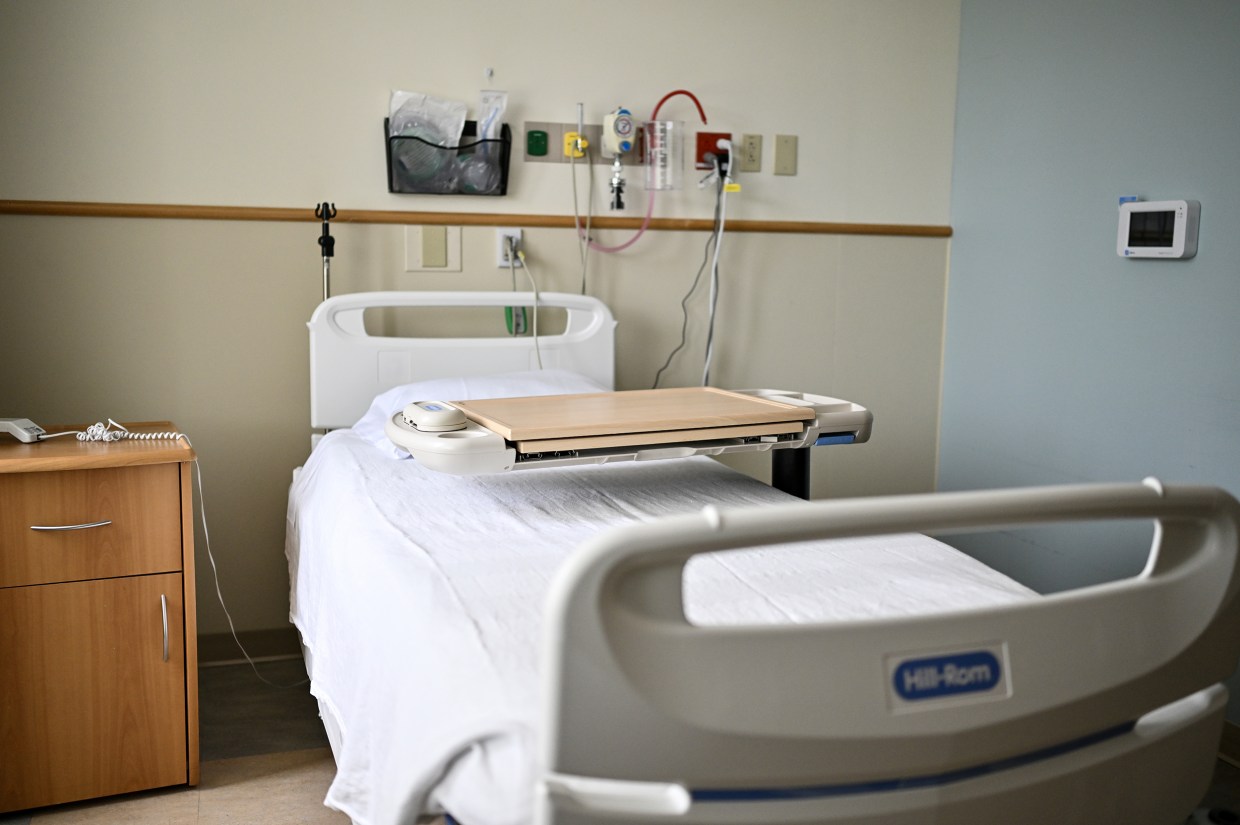Health officials in New York City have formally announced the conclusion of the Legionnaires’ disease outbreak that impacted the Harlem district in the past few weeks. This declaration follows thorough surveillance, environmental evaluations, and a detailed response from health authorities to control the situation and avert additional cases.
The outbreak, which had sparked public concern, was linked to several cases of Legionnaires’ disease that were detected in the neighborhood. Over the course of the outbreak, seven people lost their lives due to complications associated with the illness. Health experts emphasize that while the situation is now under control, the community must remain vigilant and informed about the risks and prevention strategies related to this bacterial infection.
Legionnaires’ disease is caused by inhaling small droplets of water that contain Legionella bacteria. These bacteria can develop in warm water environments such as cooling towers, plumbing systems, hot tubs, and decorative fountains. When these contaminated droplets become airborne, individuals who breathe them in can develop serious respiratory problems. The infection is not transmitted from person to person, but it can be severe, especially for older adults, smokers, and those with weakened immune systems.
Municipal authorities commented that their inquiry concentrated on discovering potential origins of the bacteria in the impacted area. Crews carried out examinations of structures, air conditioning systems, and water facilities to identify and sanitize any infected spots. As reported by the Health Department, numerous possible sources were addressed and purified to remove Legionella and guarantee the community’s safety.
Although the direct danger has been addressed, specialists are taking this event as a prompt to underscore the significance of regular upkeep in water systems of large buildings. Ensuring thorough cleaning and consistent monitoring of cooling towers and water reservoirs is essential to stopping the development of dangerous bacteria. Property owners must adhere to stringent rules to maintain the safety of these systems and prevent future occurrences.
During the duration of the outbreak, health officials collaborated closely with healthcare practitioners to guarantee prompt identification and care for the infected individuals. People were encouraged to consult a doctor if they showed signs like coughing, fever, chills, difficulty breathing, or muscle pain. Quick treatment with antibiotics greatly enhances the likelihood of recovery, whereas postponements in identifying the illness may cause serious complications or be fatal.
The unfortunate loss of seven individuals in this outbreak highlights the gravity of Legionnaires’ disease. While the disease can be treated, it still poses a significant risk to vulnerable groups. The city has reiterated its dedication to upholding safety standards and pursuing public education initiatives to minimize the likelihood of similar incidents occurring in the future.
Specialists emphasize that this scenario also underscores the importance of a swift public health reaction when unexpected illness clusters emerge. Prompt measures, comprehensive examination, and open communication with the public are essential components in averting extensive damage and rebuilding trust in the community following an outbreak.
Apart from regional actions, the event has sparked renewed debates about countrywide guidelines for handling water systems in buildings. Supporters suggest that having more consistent rules and enforcement could minimize the risk of Legionnaires’ disease in metropolitan areas where extensive water systems are prevalent.
While this episode has been officially concluded, the insights gained will inform prevention tactics moving forward. Health officials urge both residents and property administrators to stay vigilant regarding the safety of water systems. The community is encouraged to stay updated and swiftly report any issues related to building upkeep or water quality to local health agencies.
As life in Harlem returns to normal, the community continues to mourn the lives lost while appreciating the swift action taken to contain the situation. This case serves as a stark reminder that while modern cities rely on complex infrastructure, the proper upkeep of these systems is vital for public health and safety.



:strip_icc()/GettyImages-1285710682-b0236f4671d1428fa53fd5be8a37c521.jpg)

